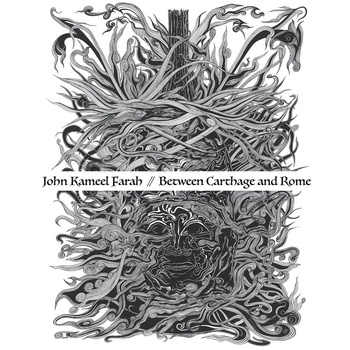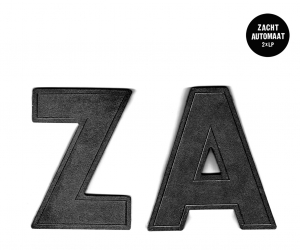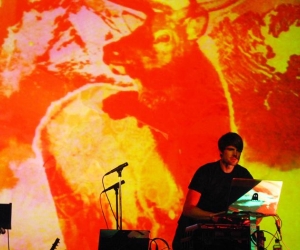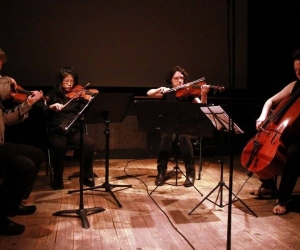
John Kameel Farah’s Between Carthage and Rome is a well-considered pairing of piano and electronics (both at Farah’s hand) that works best if you don’t think too much about it.
Toronto native Farah is a strong pianist and a good conceptualist. He studied under minimalist pioneer Terry Riley and has presented the whole of Arnold Schoenberg’s solo piano works in concert. Between Carthage and Rome, which shows his piano proficiency as well as worldly influences he shares with Riley, opens with a fugue, then wanders through a more Romantic passage. The music continues to traipse through Latin, Sephardic, and cinematic settings, all coupled with percussive electronics that, for the first half of the program, neither complement nor contrast very strongly with the piano melodies.
Slowly, however, the listener experiences a sense of sinking into the music. “Distances,” the fourth of the album’s nine tracks, feels more cohesive, as Farah finds his shifting textures in dynamic, rather than genre reference, which better suits the half-human duo. “Distances” is followed by a sort of synthesis, in which the electronics become more melodic, more pianistic. From there, the album starts to feel a bit like a palindrome, as the genre-wandering resumes and everything starts to come apart again. But while the composition doesn’t always hold together, the production does. Like a less passive version of Satie’s furniture music or Eno’s ambience, Between Carthage and Rome succeeds because of its textures.



